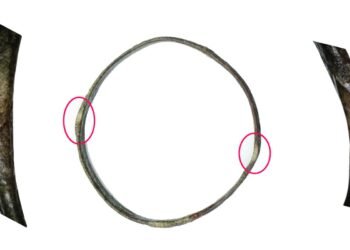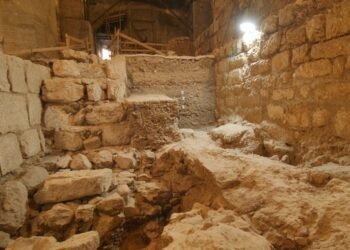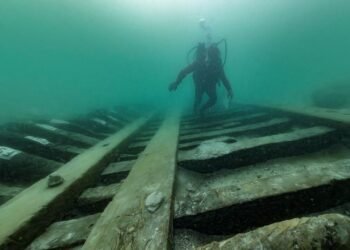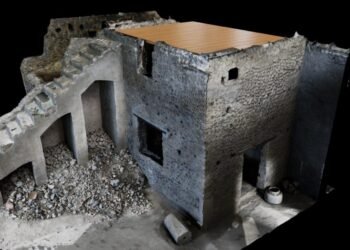Scientists have unearthed a remarkable megastructure dating back over 10,000 years at a depth of 21 meters on the seabed of Mecklenburg Bight in the Baltic Sea, likely marking one of the oldest known human-made hunting structures in Europe.
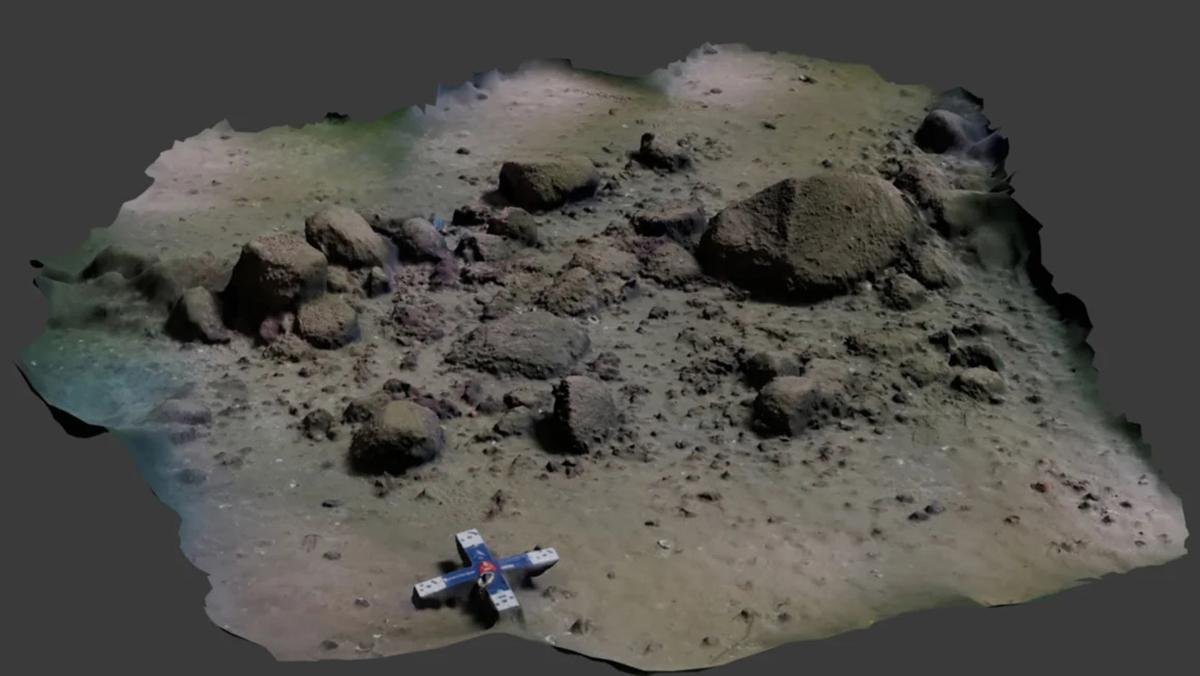
The structure, stretching nearly a kilometer along the seabed of Mecklenburg Bight, consists of approximately 1,500 stones and large boulders meticulously arranged in a linear fashion, forming what researchers have named the Blinkerwall.
Initially spotted by accident during a marine geophysical survey by researchers and students from Kiel University aboard the research vessel RV Alkor, the structure’s precise alignment and organized composition immediately hinted at its artificial origin.
Dr. Jacob Geersen, lead author and senior scientist at the Leibniz Institute for Baltic Sea Research, emphasized, “Our investigations indicate that a natural origin of the underwater stonewall as well as a construction in modern times, for instance in connection with submarine cable laying or stone harvesting are not very likely.”
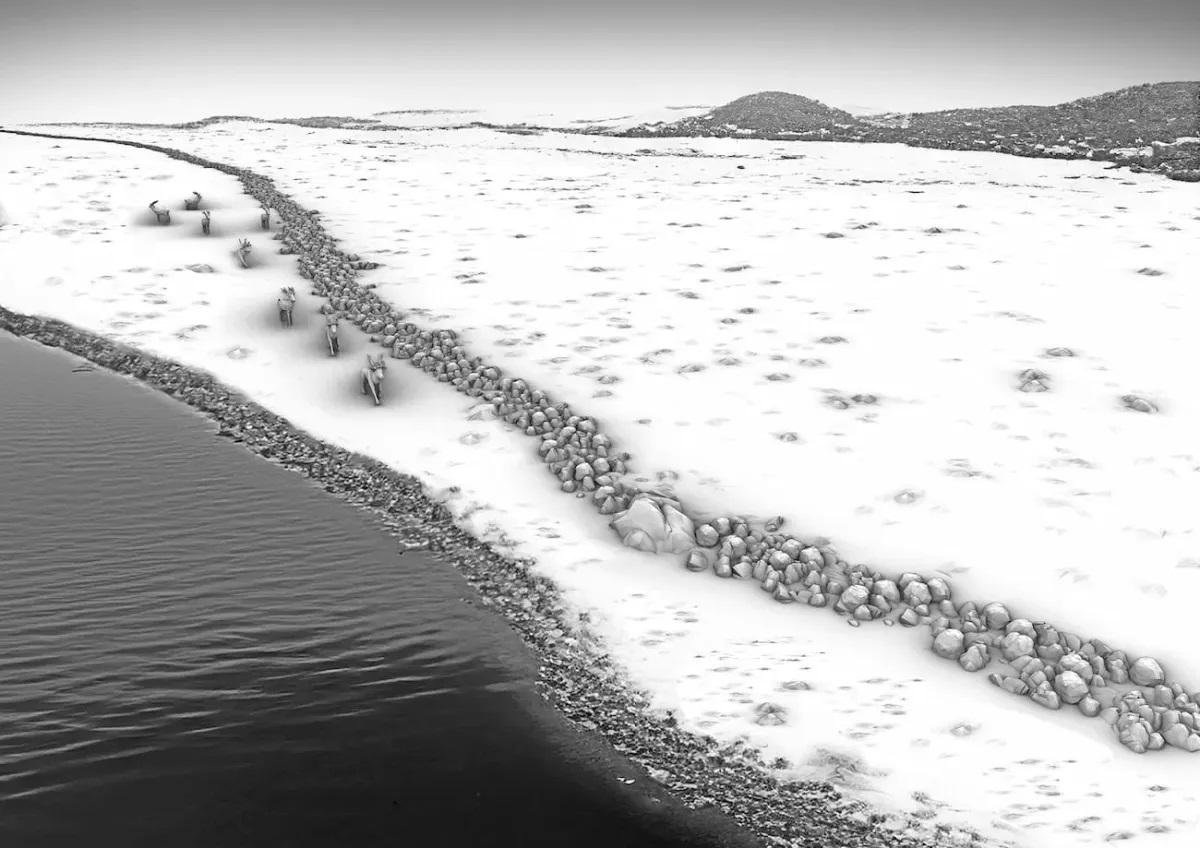
The Blinkerwall presents a striking testament to the resourcefulness and ingenuity of Stone Age hunter-gatherer communities. Thought to have been built over 10,000 years ago during the early Mesolithic period, the structure likely served as a hunting aid, possibly directing herds of migrating reindeer into a bottleneck, making them easier prey for ancient hunters armed with spears, bows, and arrows.
Similar structures, known as drive lanes, have been found elsewhere around the globe, including hunting blinds in Lake Huron, Michigan, designed to corral caribou. However, the discovery of the Blinkerwall not only represents the oldest known human structure in the Baltic Sea but also offers invaluable insights into the subsistence patterns and territorial behaviors of early hunter-gatherer societies.
Dr. Marcel Bradtmöller, a research assistant in prehistory and early history at the University of Rostock, said, “The wall was probably used to guide the reindeer into a bottleneck between the adjacent lakeshore and the wall, or even into the lake, where the Stone Age hunters could kill them more easily with their weapons.”
Further analysis utilizing side-scan sonar, sediment echo sounders, and multibeam echo sounders, along with underwater archaeological expeditions, are planned to unravel more about the Blinkerwall’s secrets and its role in ancient hunting practices.




